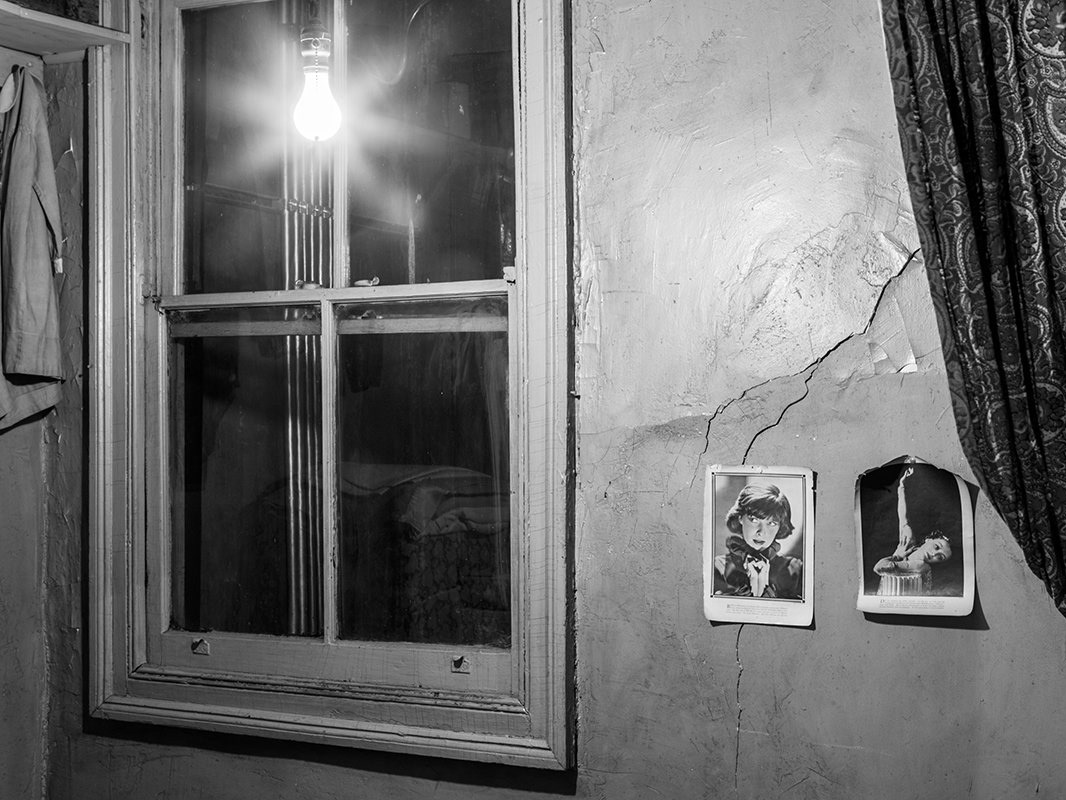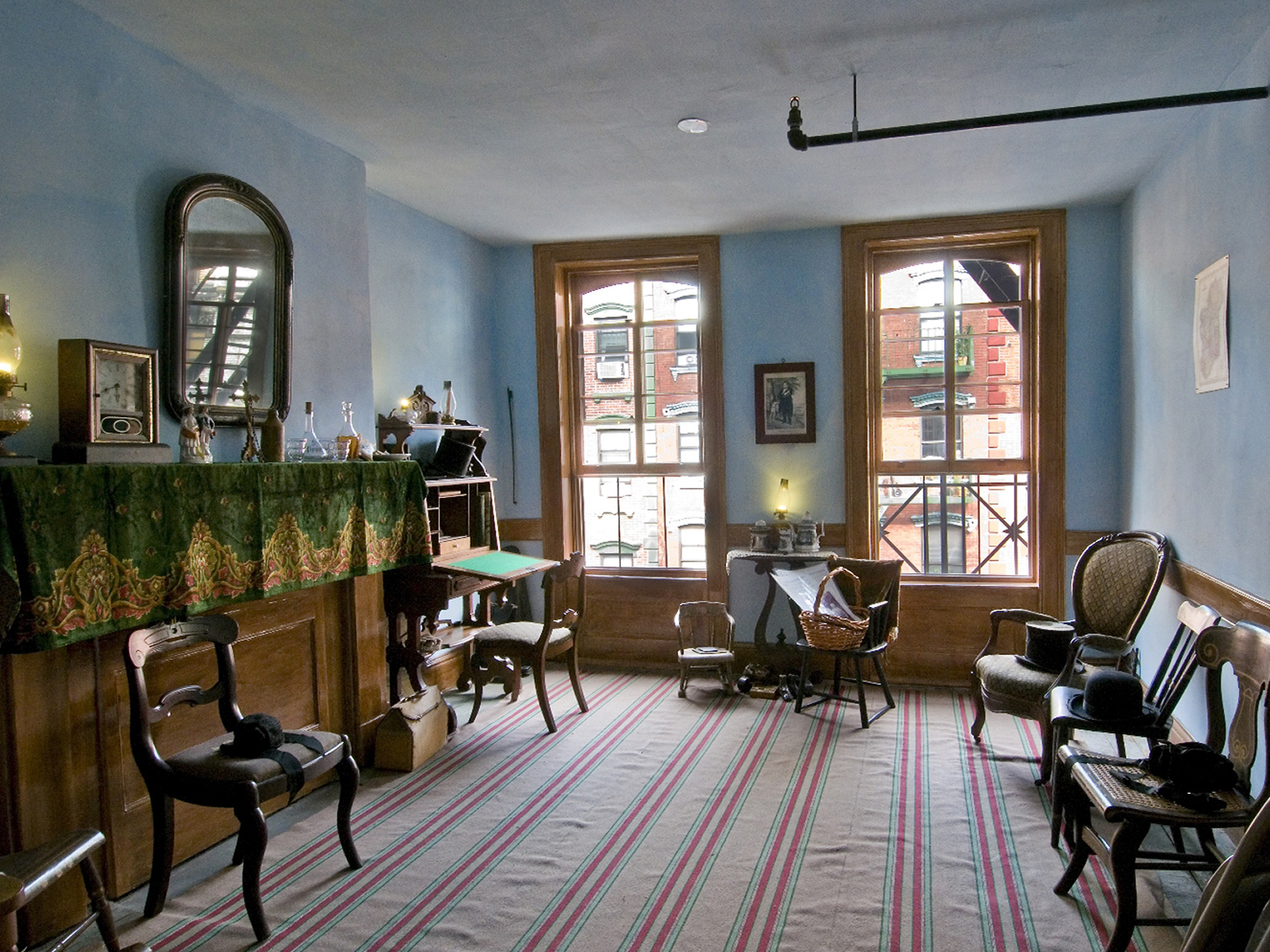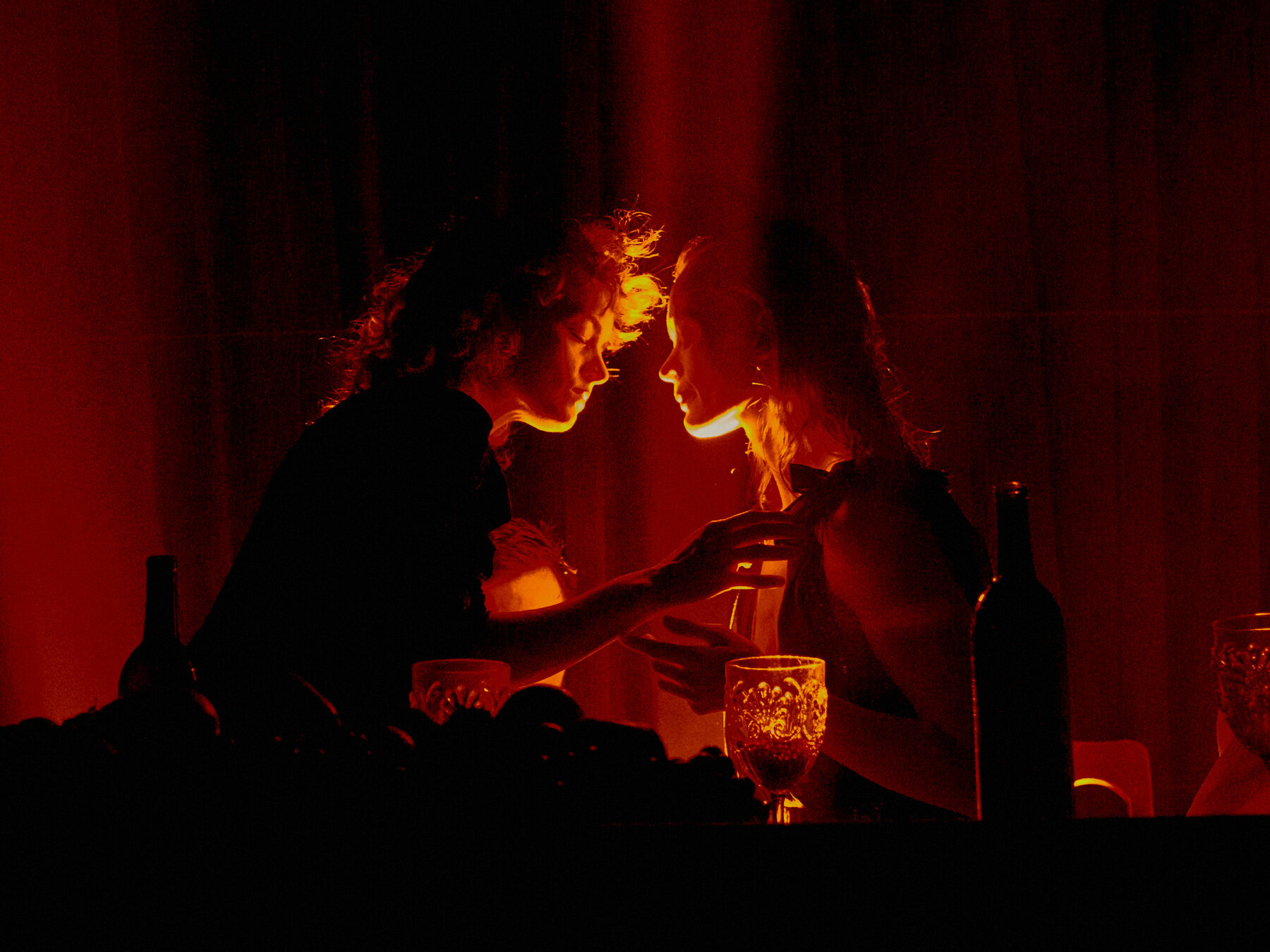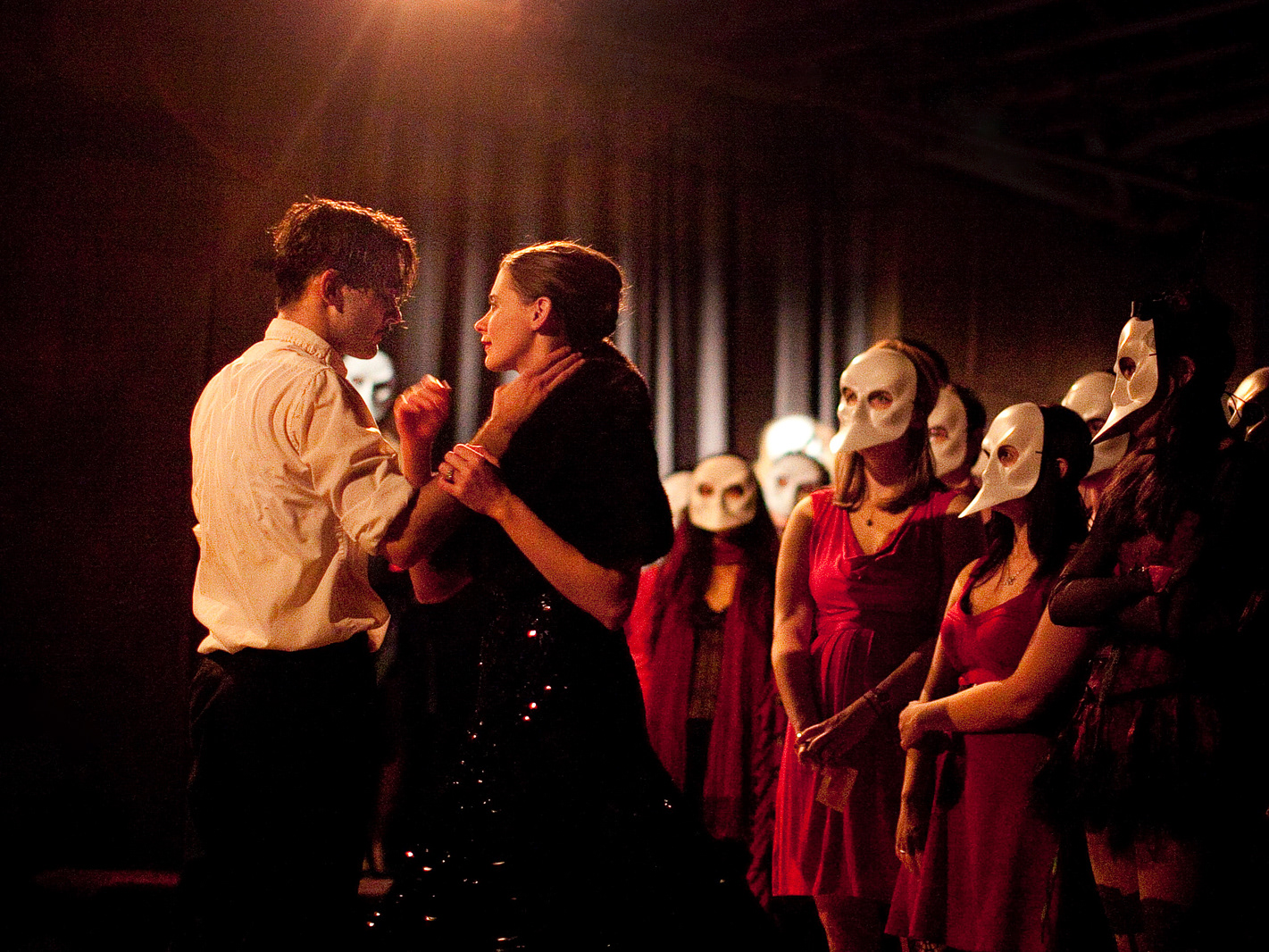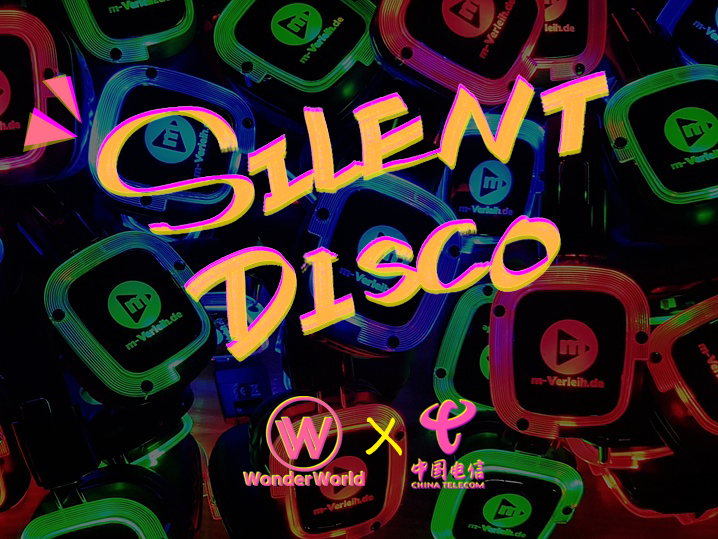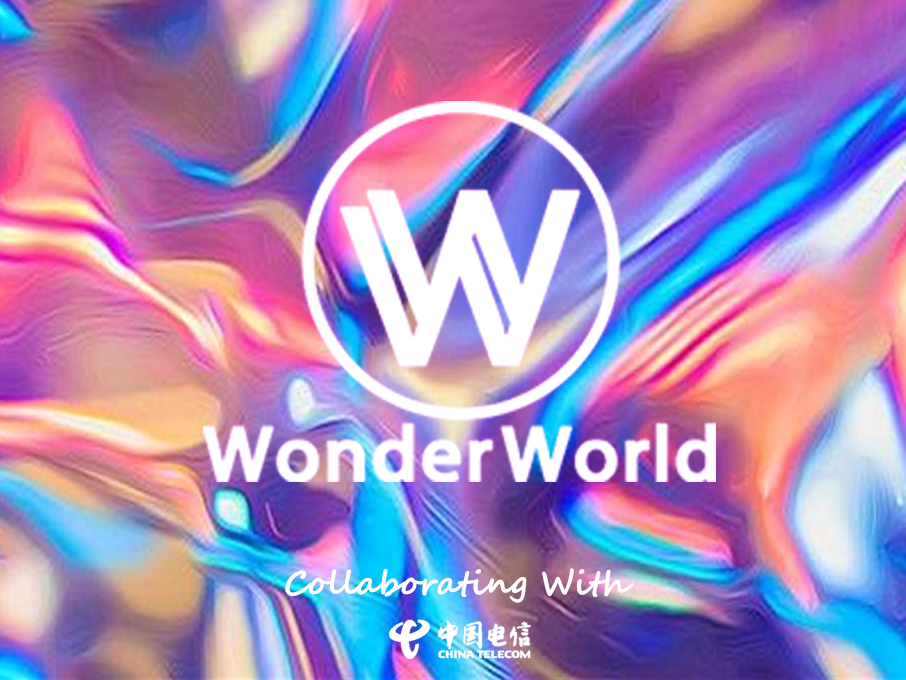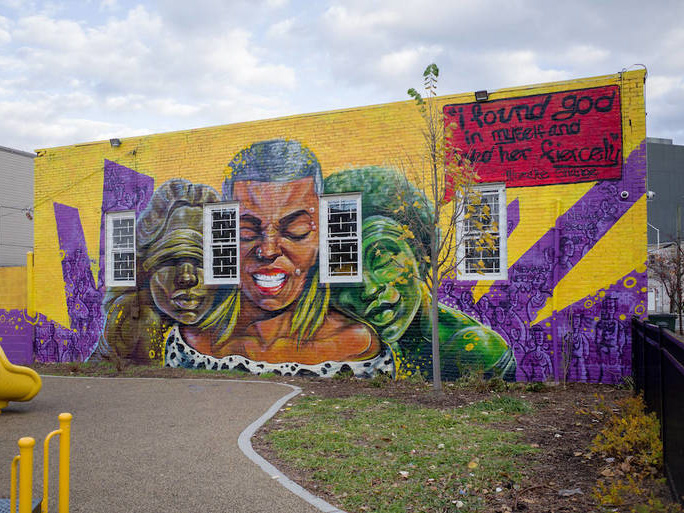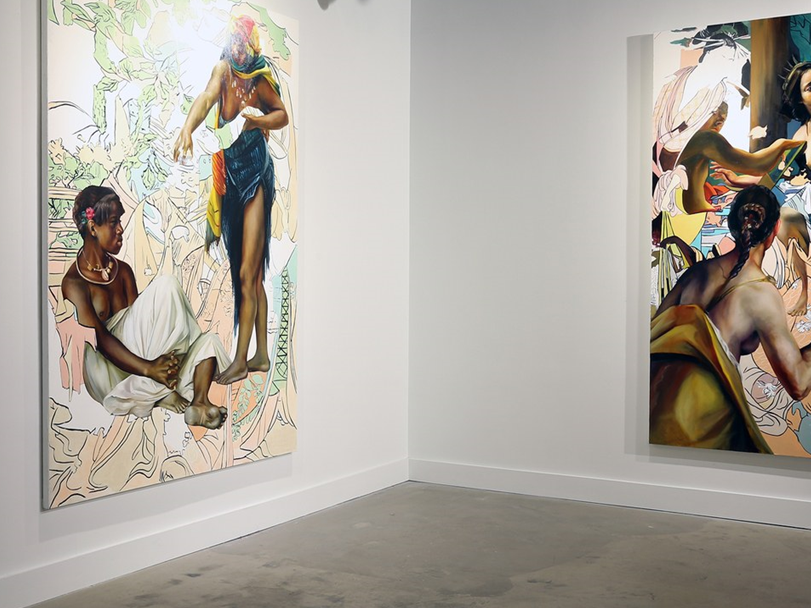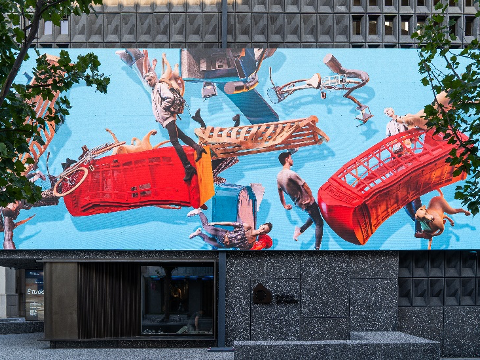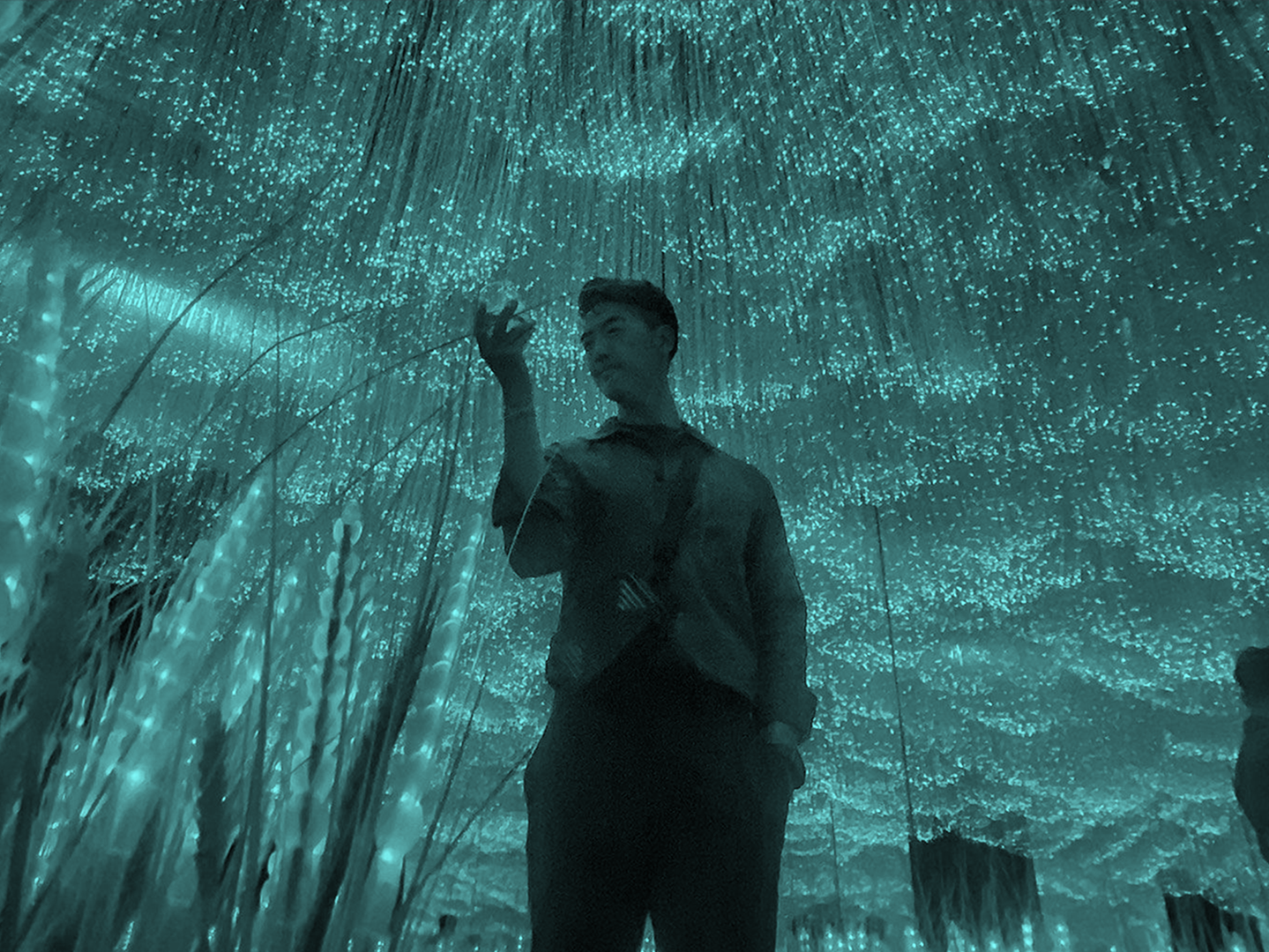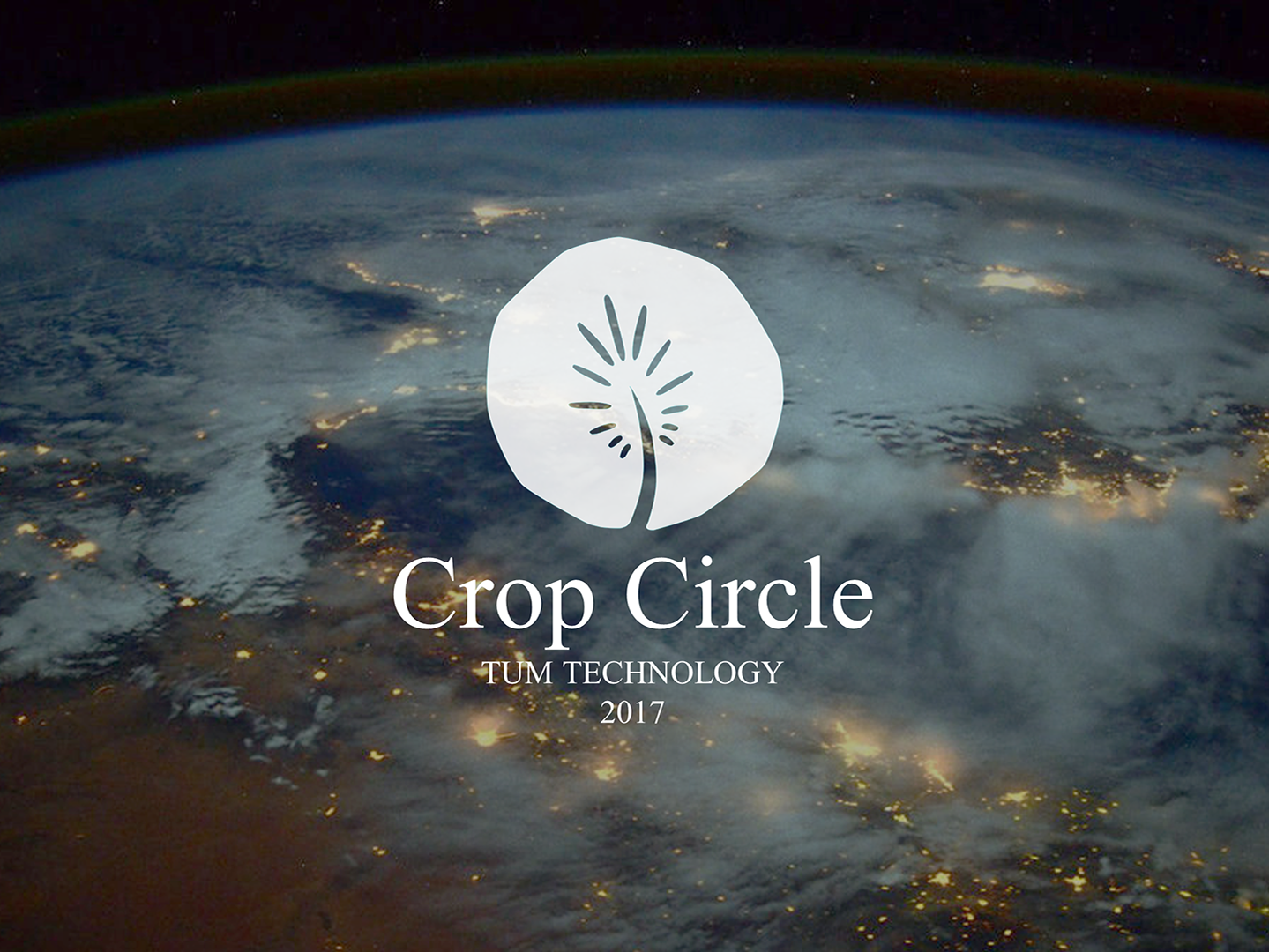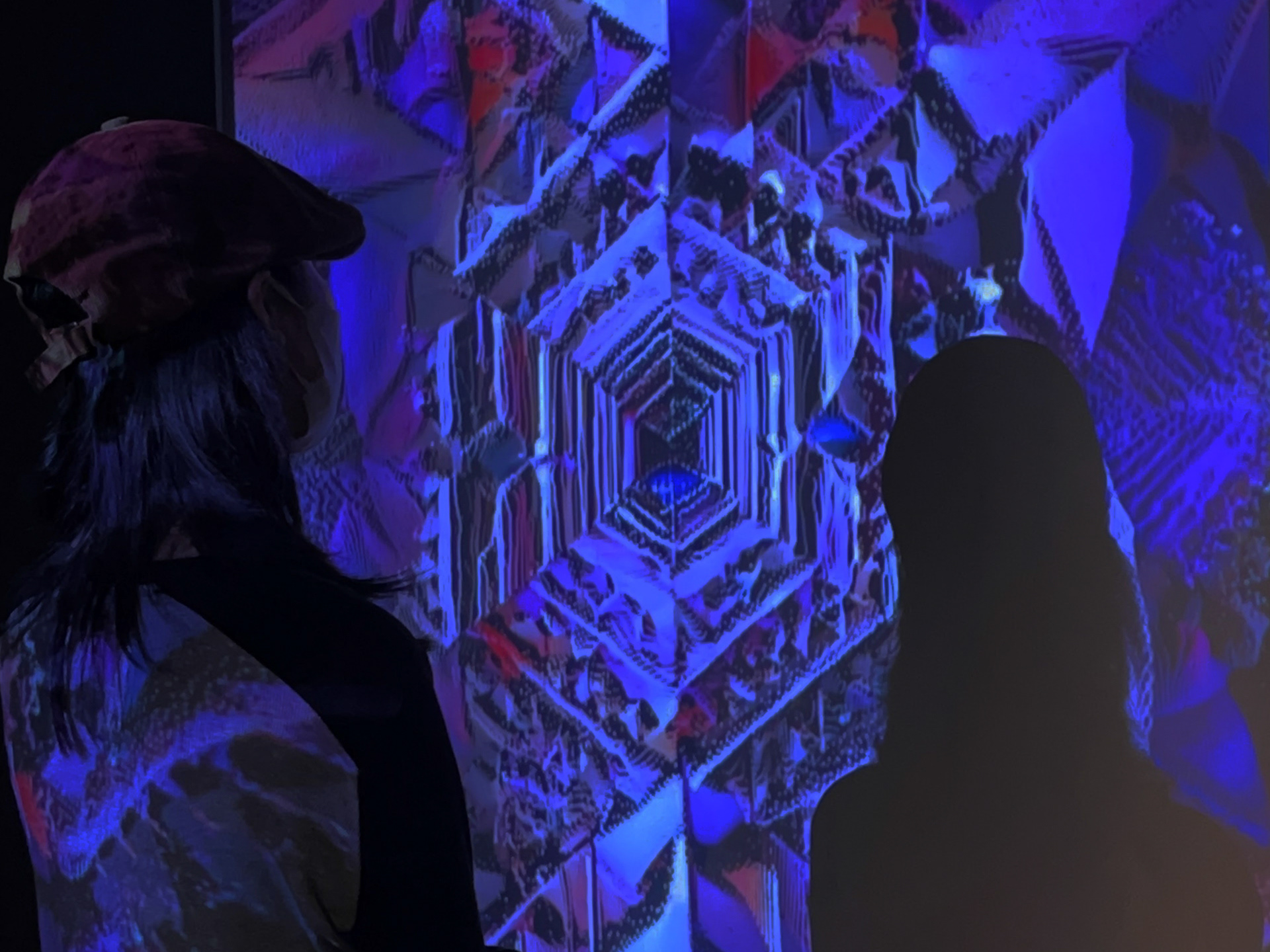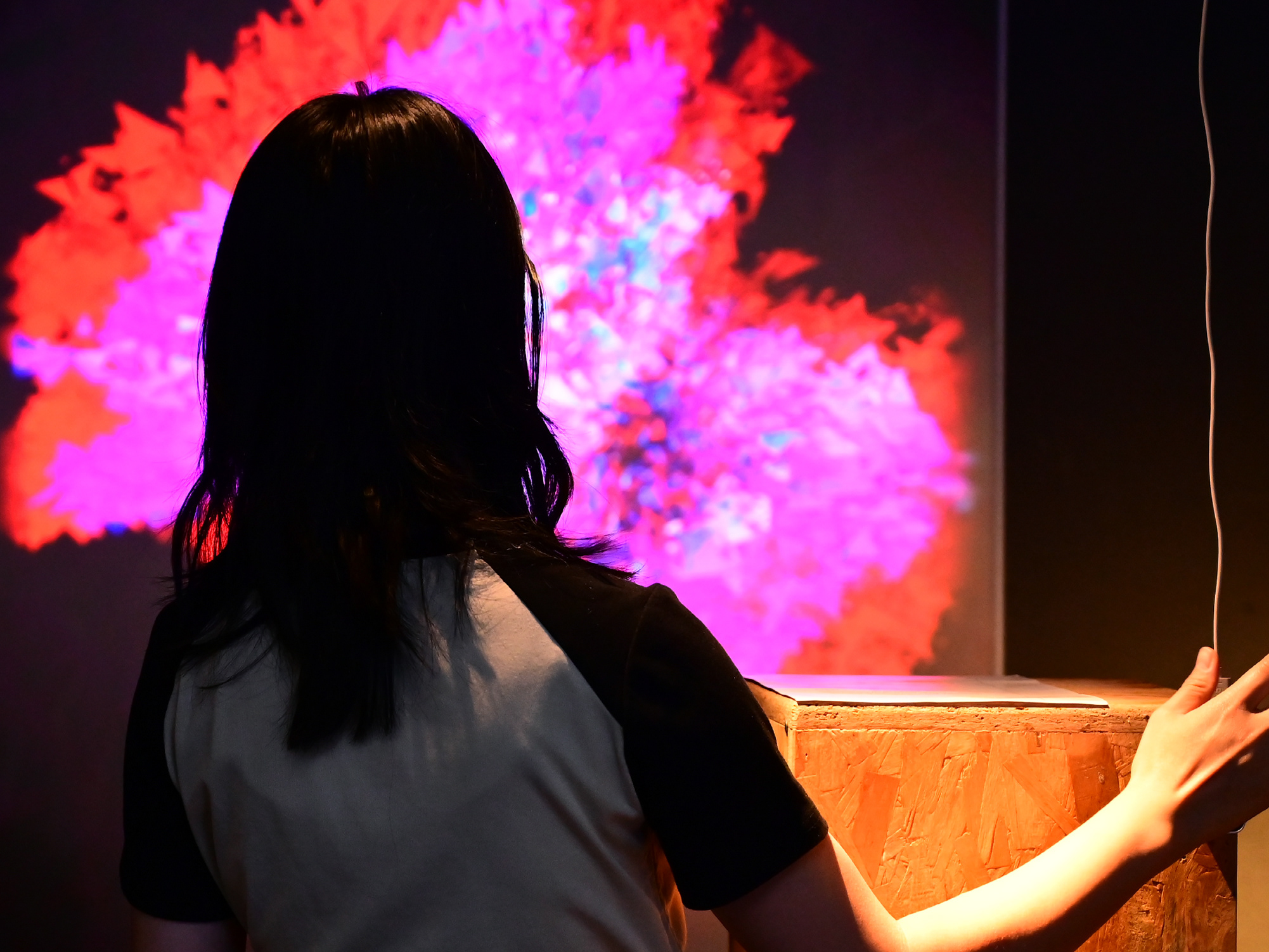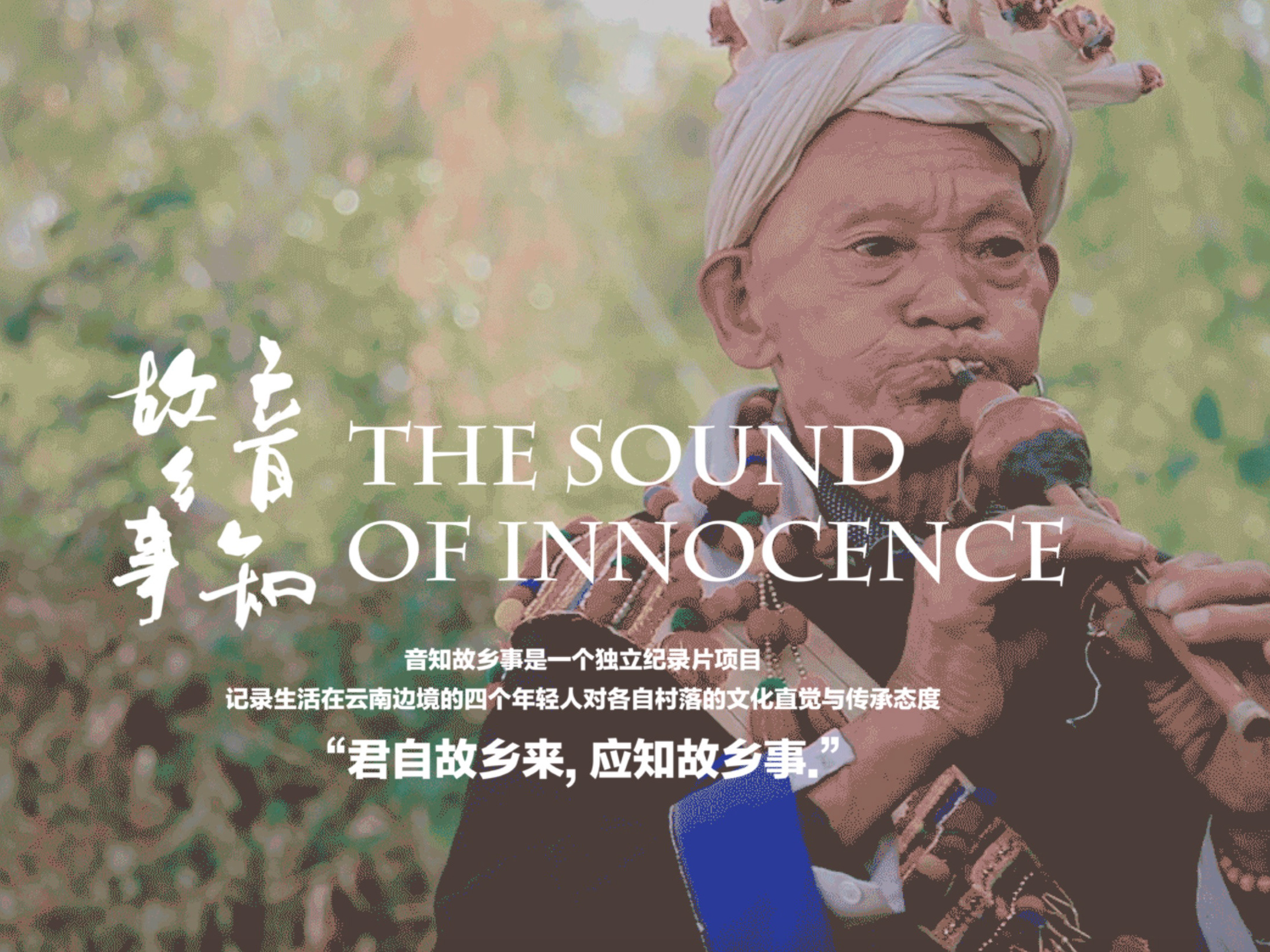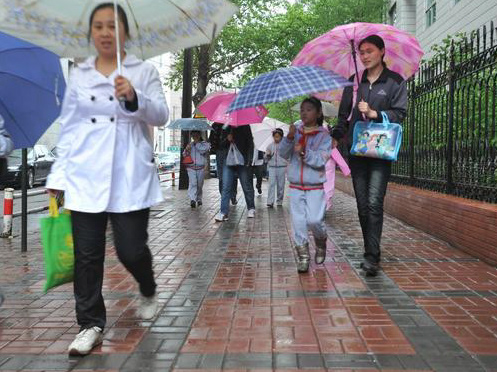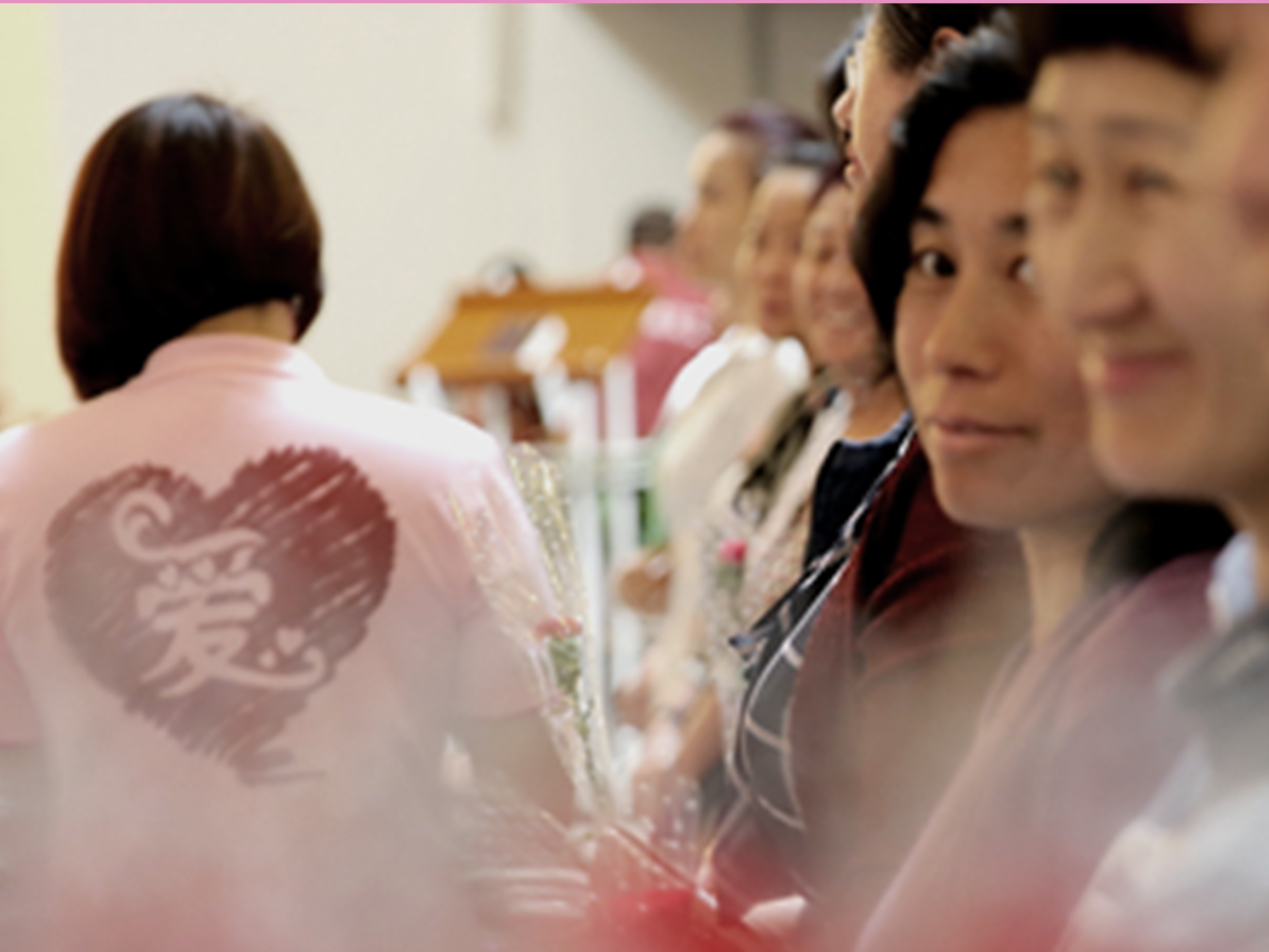
An Elder Miao Woman Making Embroideries
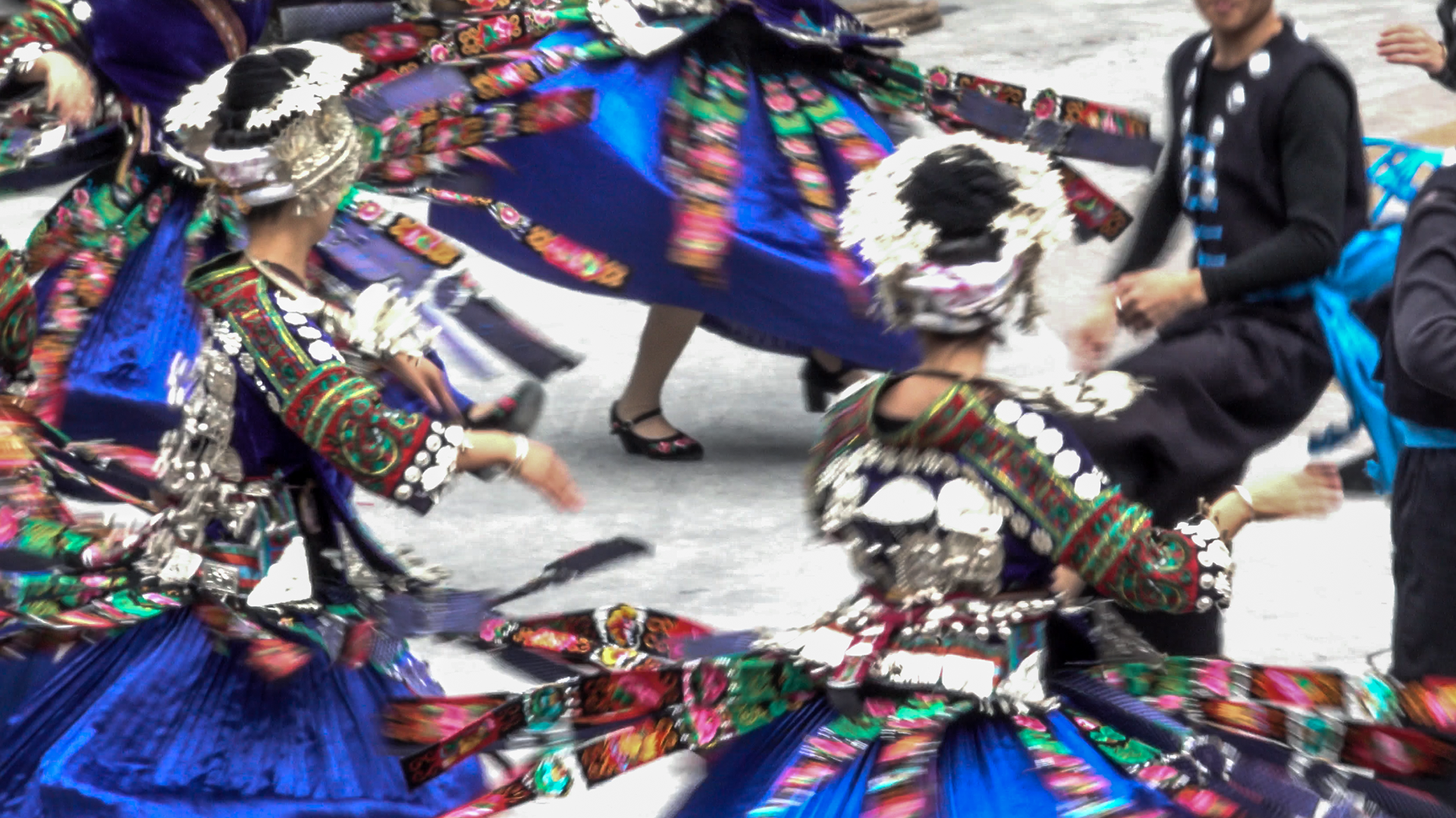
Miao Dance
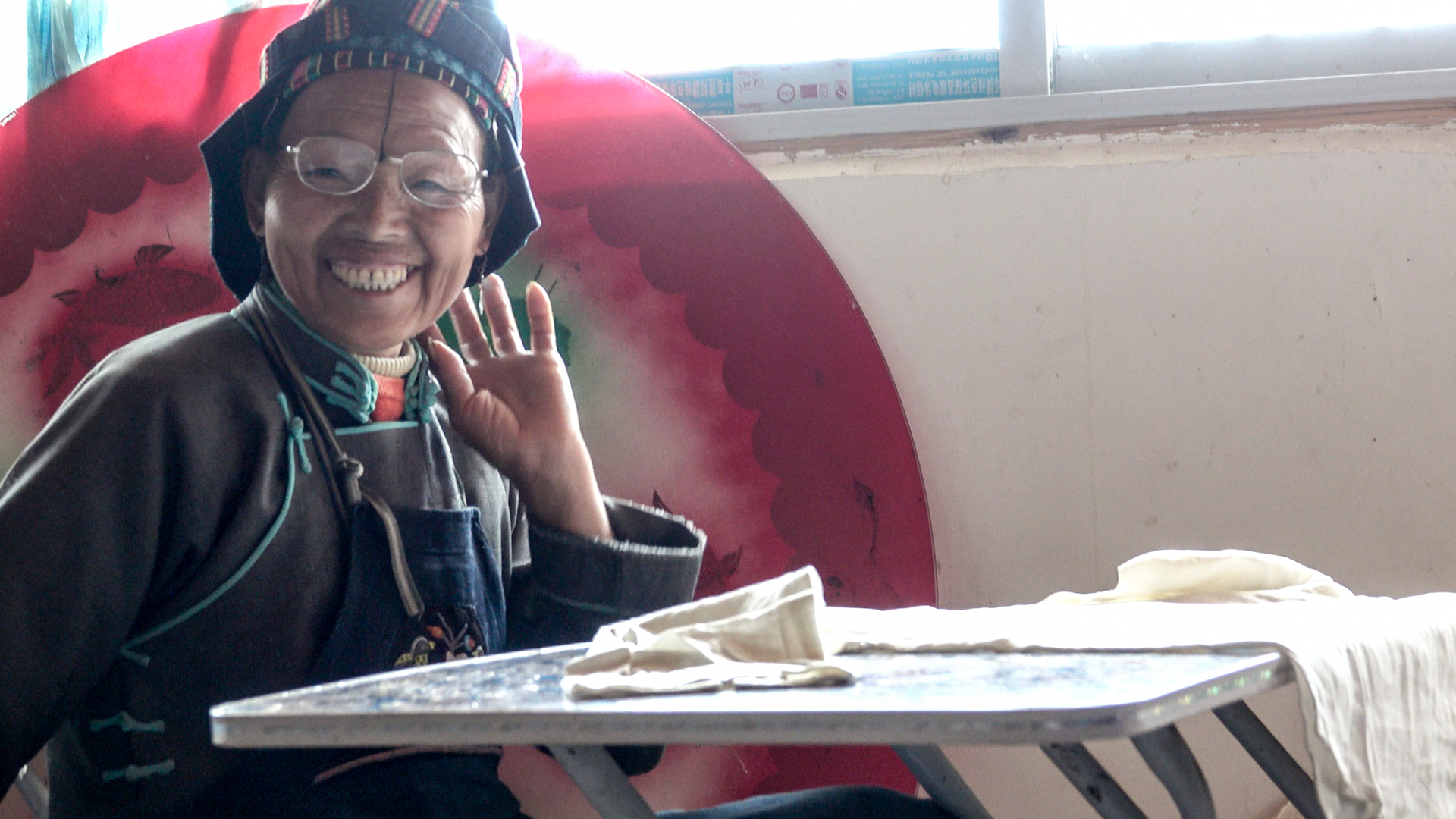
An Elder Miao Woman Making the Batik
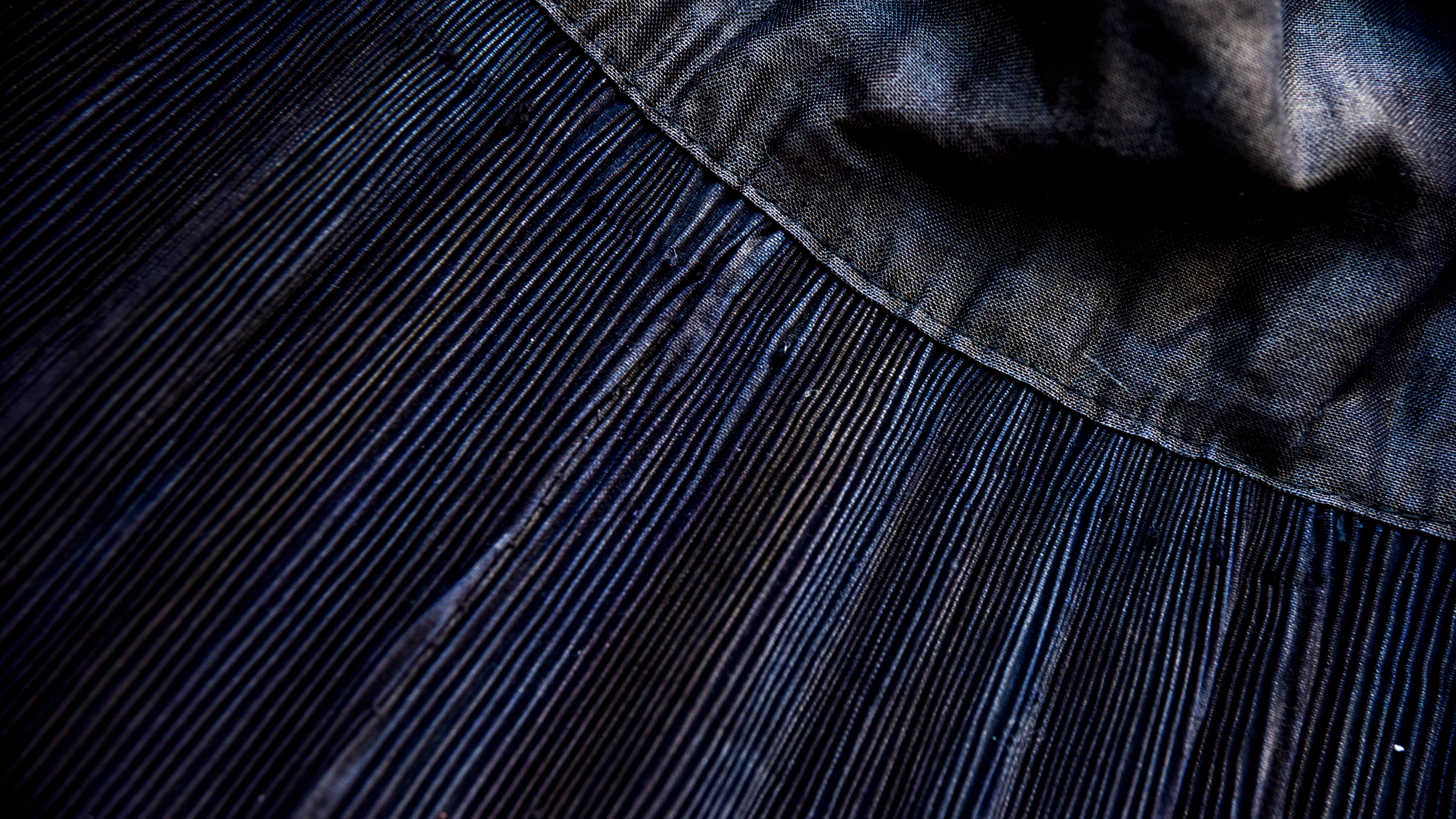
Plates of A traditional Miao Skirt Made with Shiny Cloth
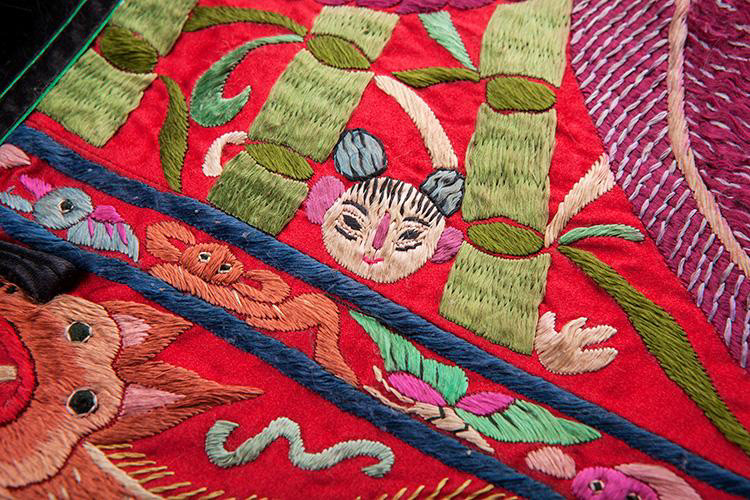
Miao Decorative Cloth with Plain and Inlay Stitches
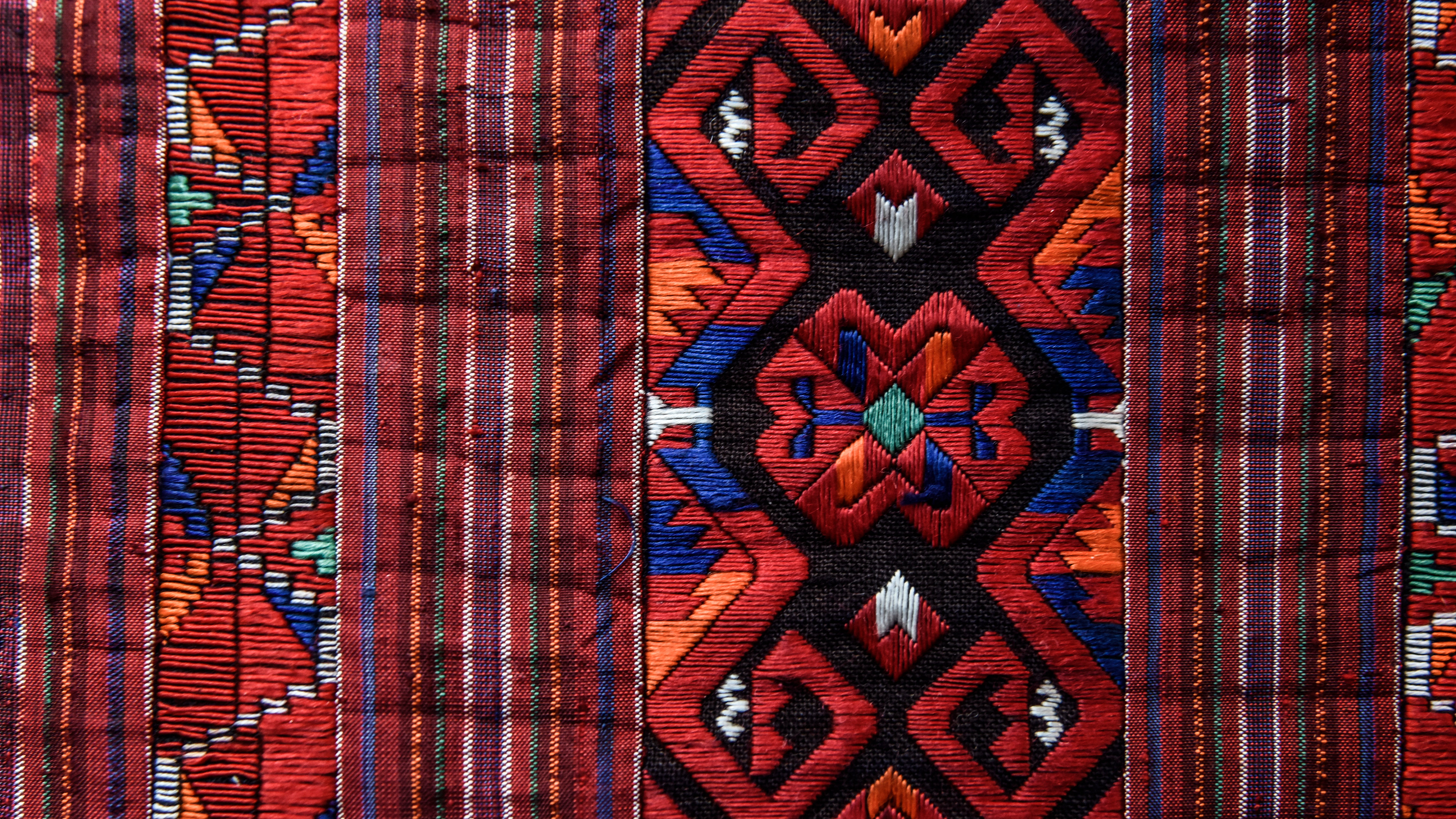
Miao Decorative Cloth with Warp-width Counting Stitches
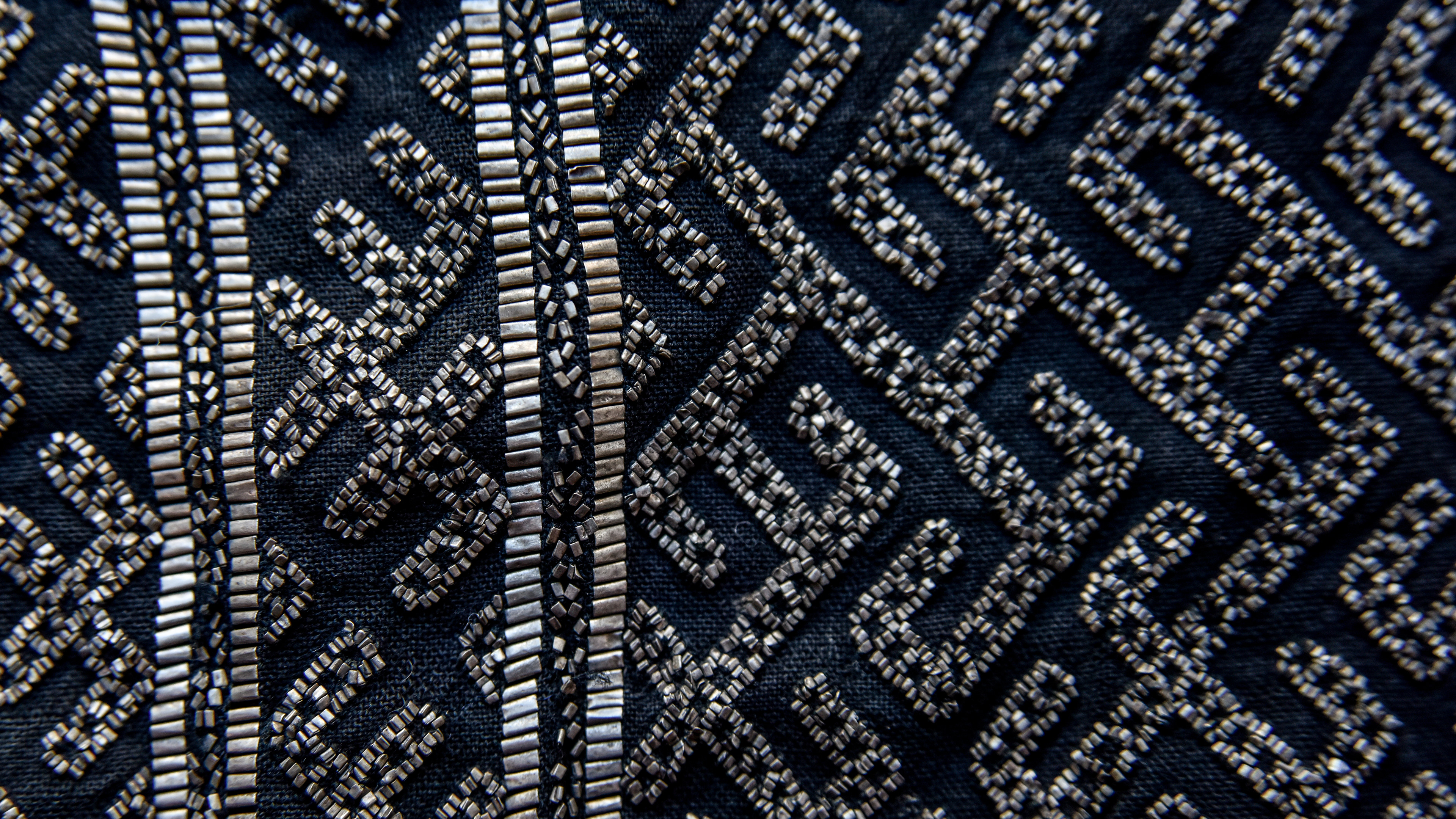
Miao Decorative Cloth with Tin Stitches
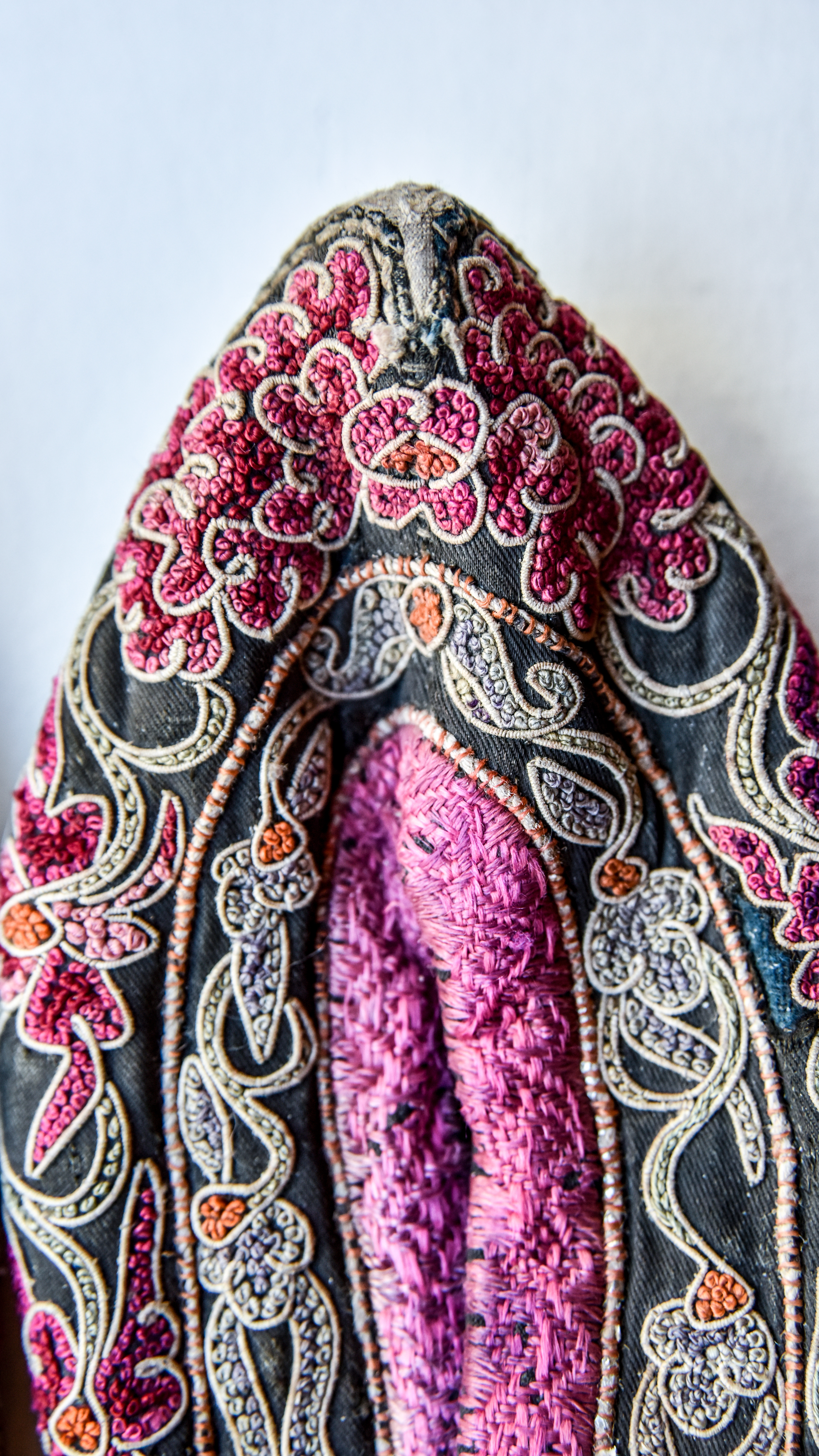
Miao Decorative Shoes for Women with Mixed Stitches (Grain Stitches, Horsetail Stitches, etc.)
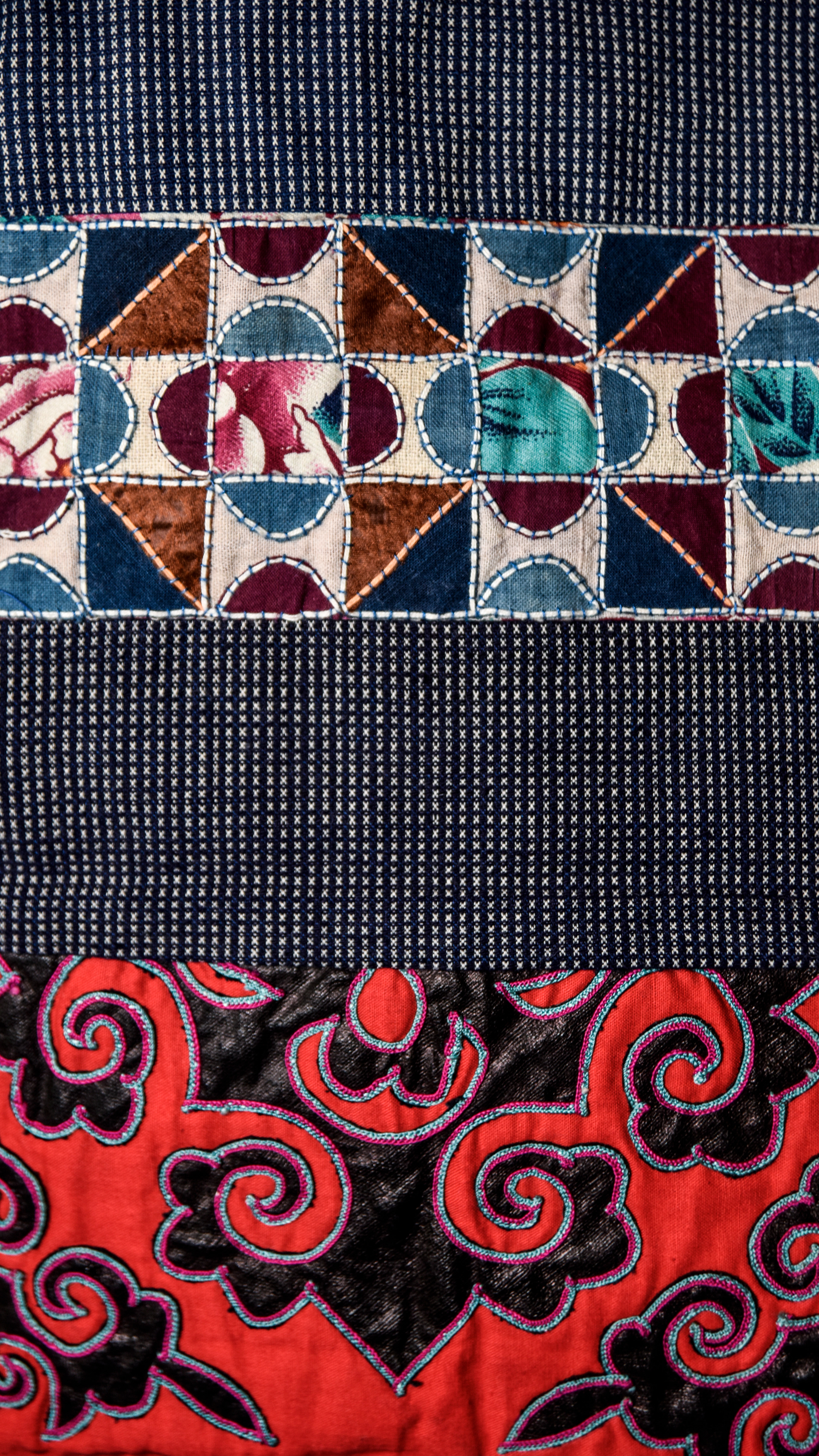
Miao Clothes for Women with Batik and Mixed Stitches (Patchwork Stitches, Warp-width Counting Stitches, Plain Stitches, etc.)
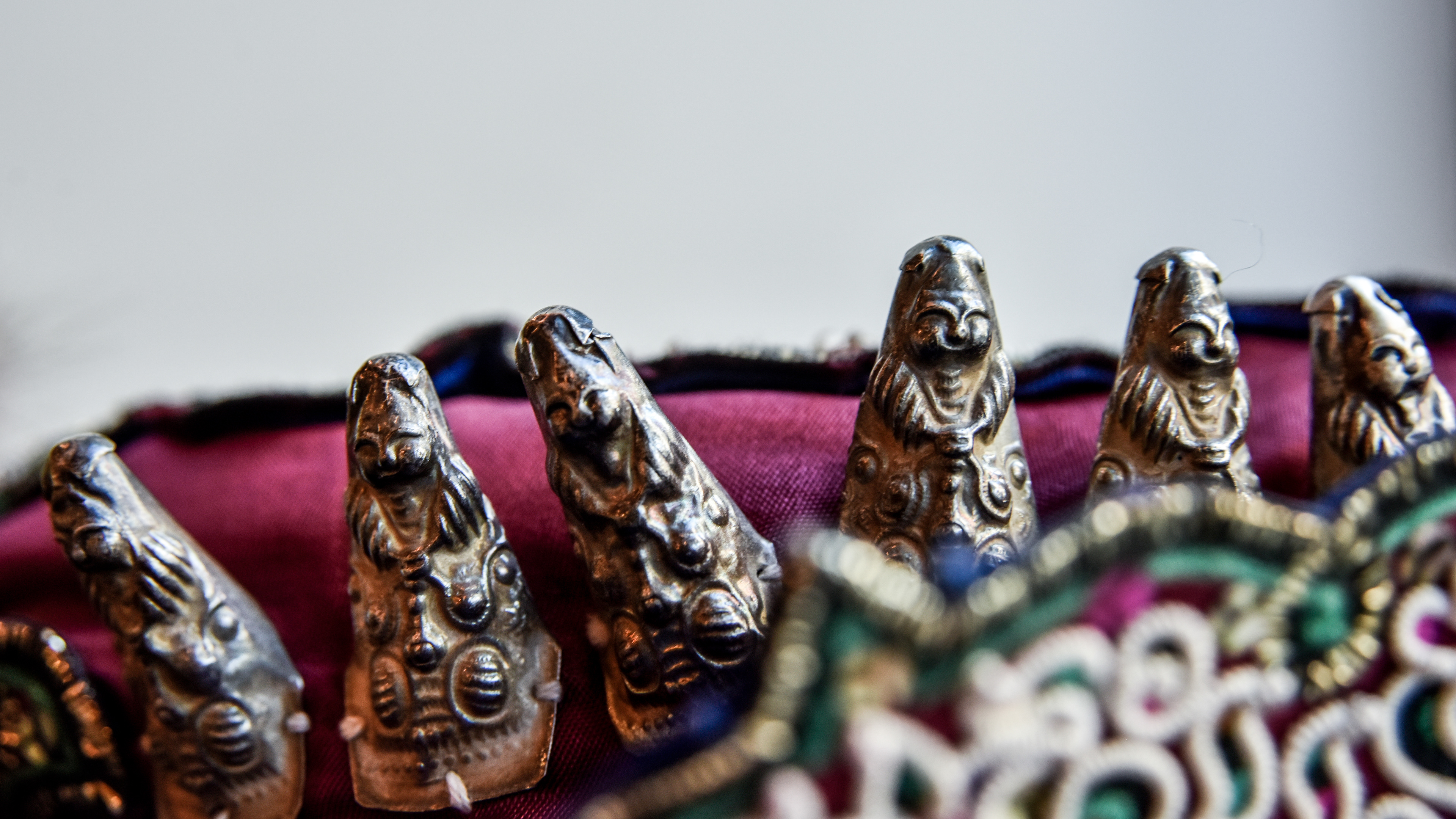
Miao Decorative Children's Hat with Tin Guardian Decoration
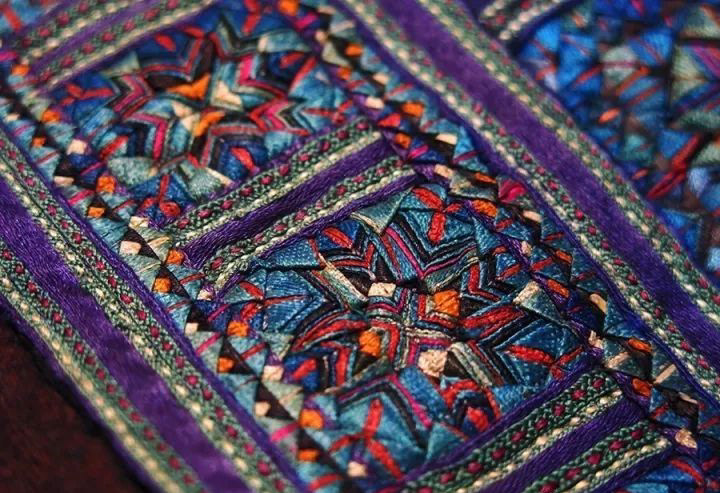
A Piece of Miao Fabric with Pilling Stiches
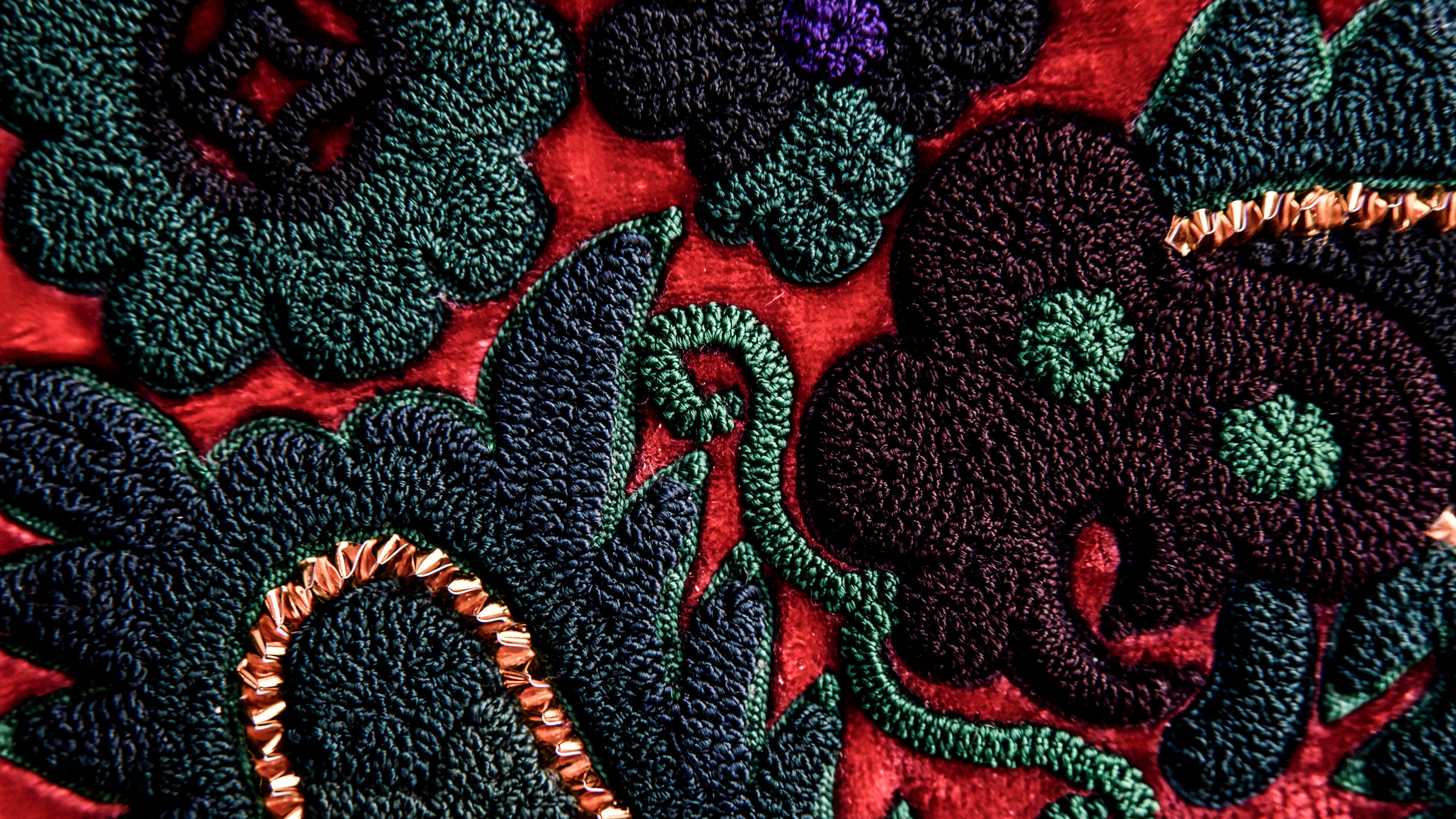
Miao Decorative Cloth with Mixed Stitches (Wrinkled Stitches, Braid Stitches, etc.)
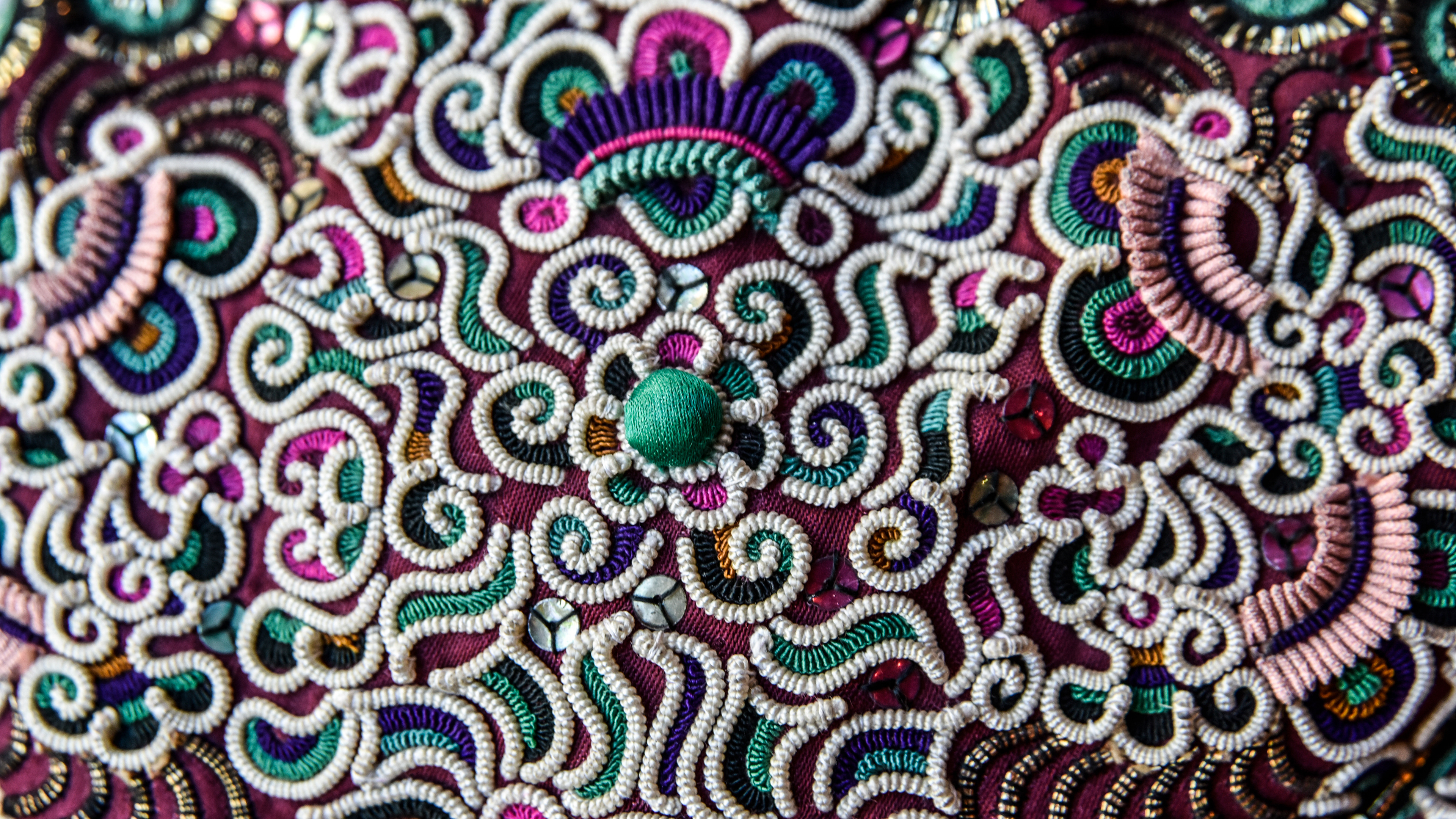
Miao Decorative Children's Hat for Children with Winding Stitches
The Research Question
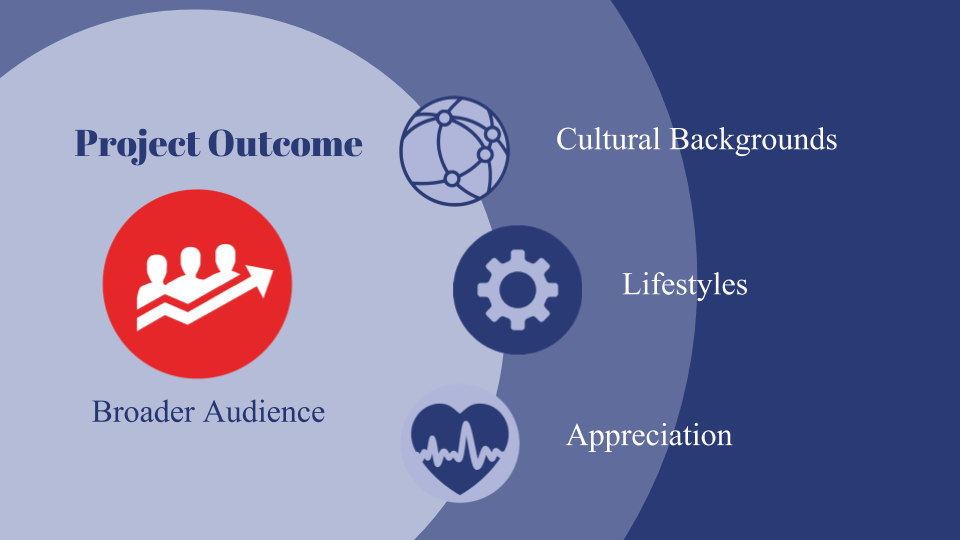
The Project Outcome
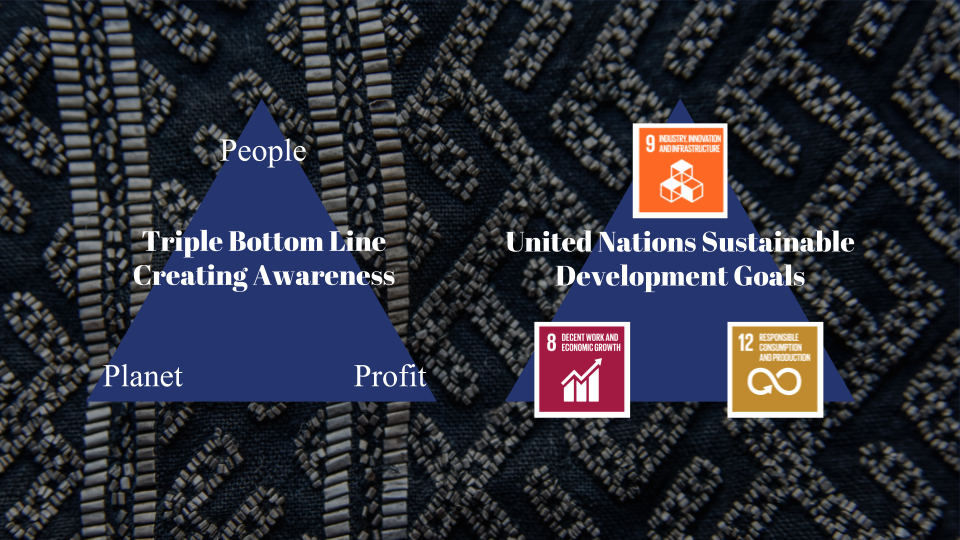
Values
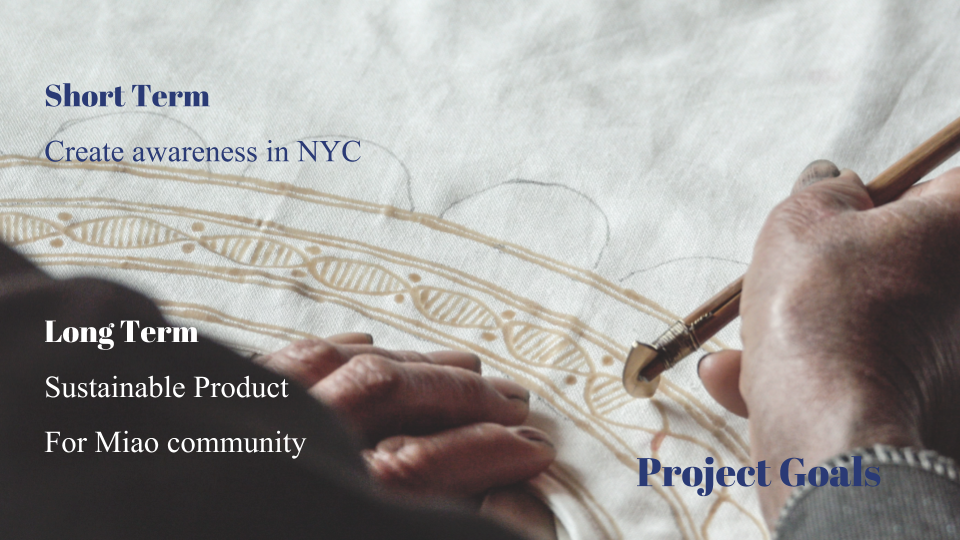
Project Goals
Project research process:
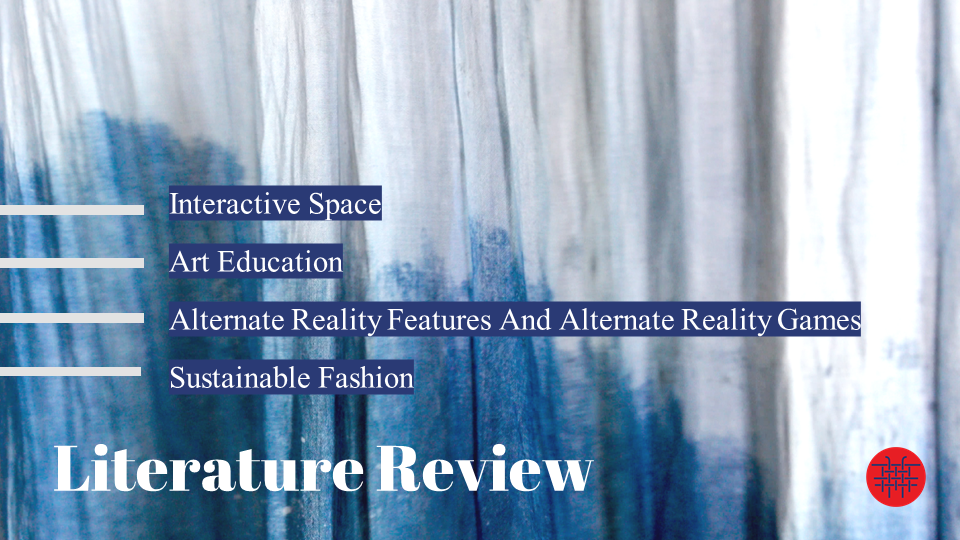
The Literature Review
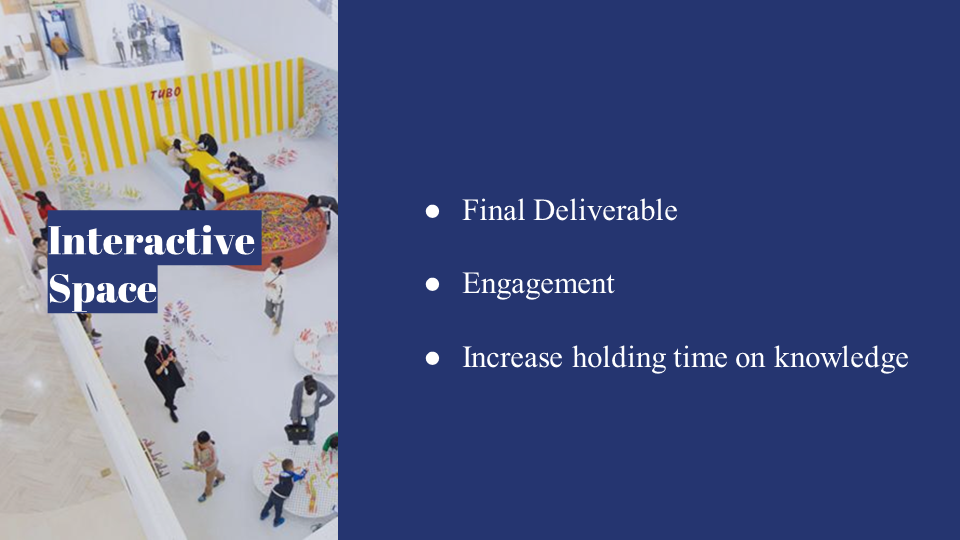
The Literature Review of Interactive Space
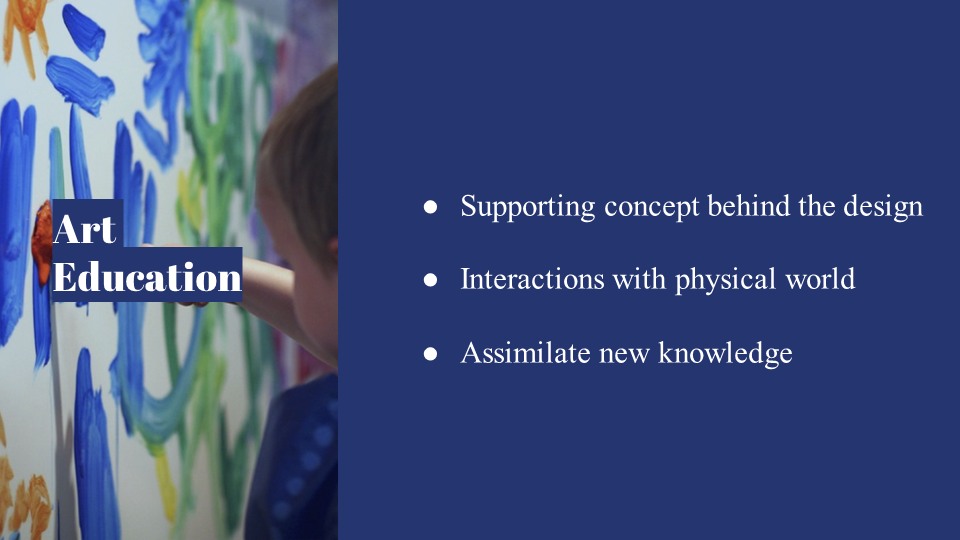
The Literature Review of Art Education
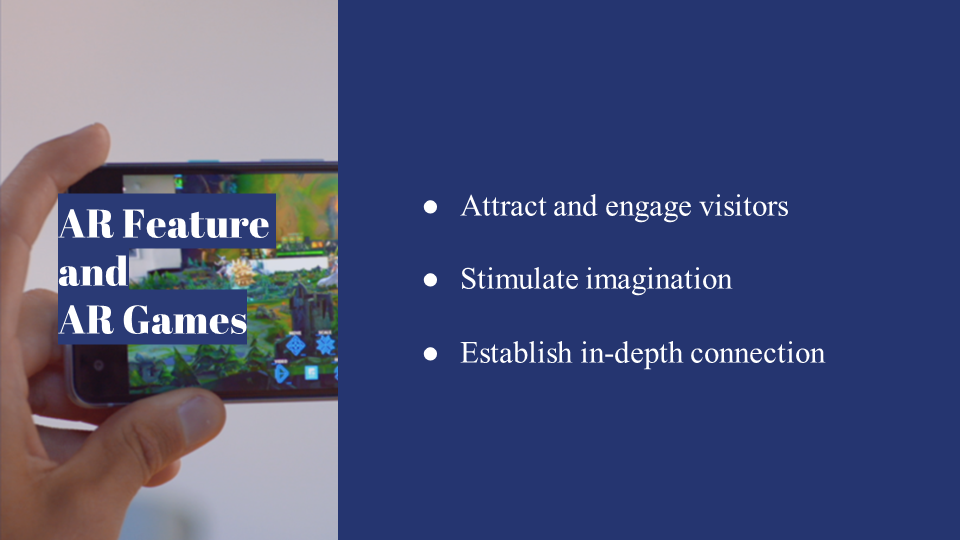
The Literature Review of AR Feature and AR Games
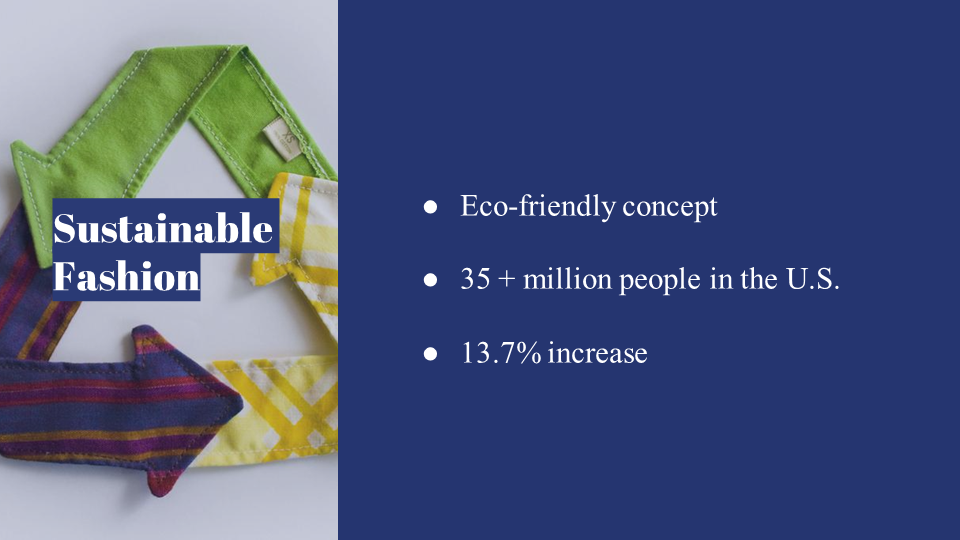
The Literature Review of Sustainable Fashion
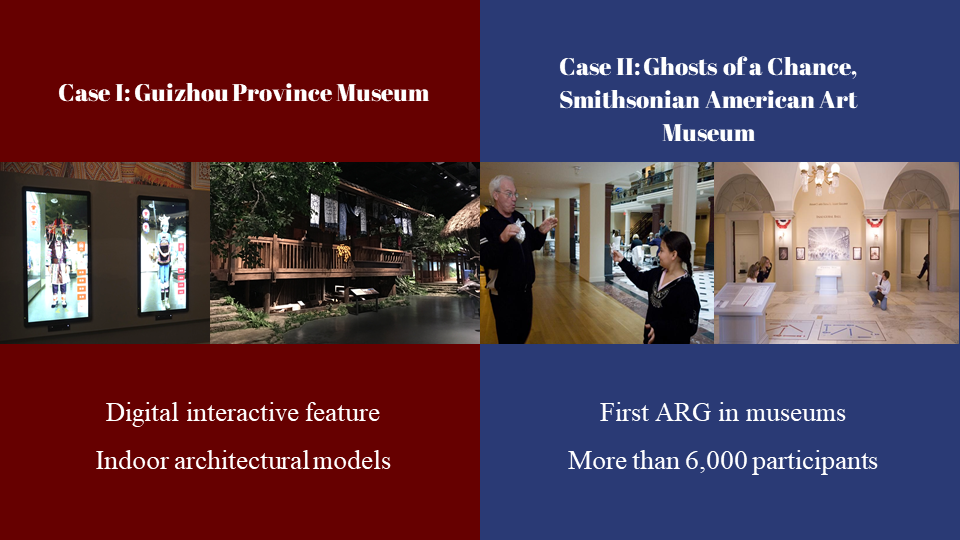
Case Studies of Museums
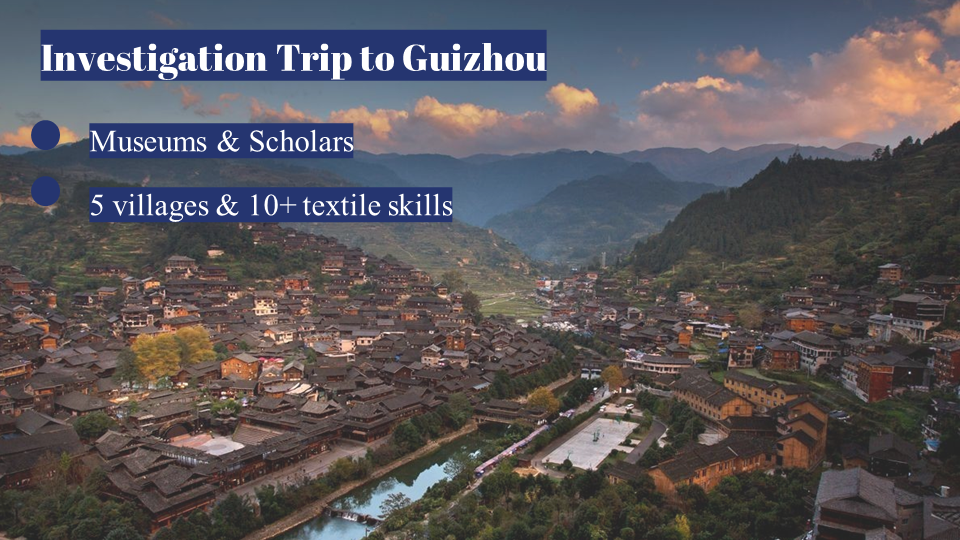
Investigation Trip to Guizhou
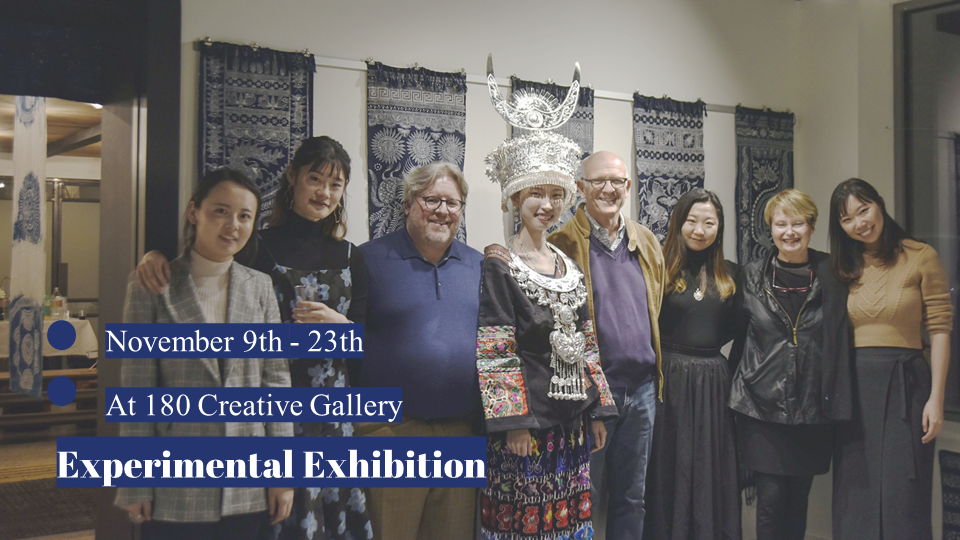
The Experimental Exhibition
The Experimental Exhibition Opening Video
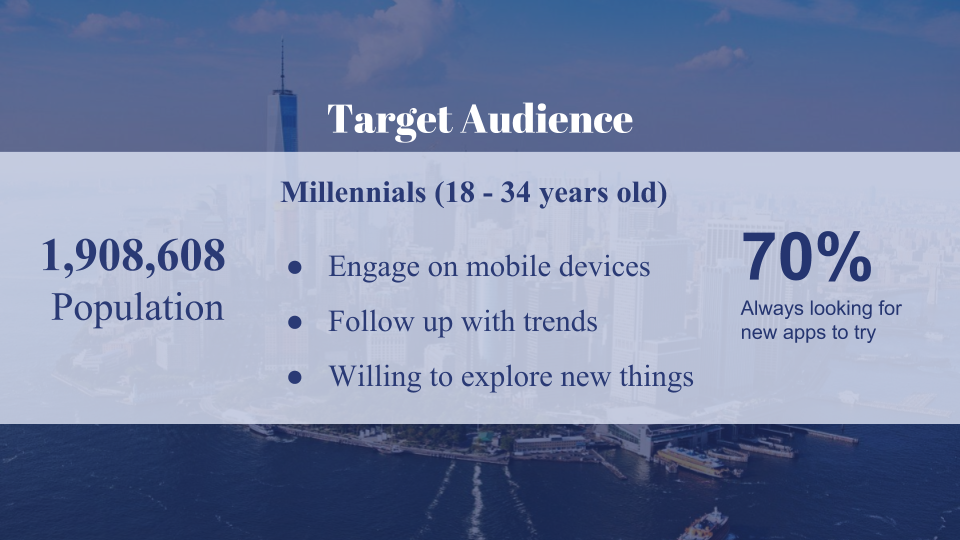
Target Audiences

Stakeholders
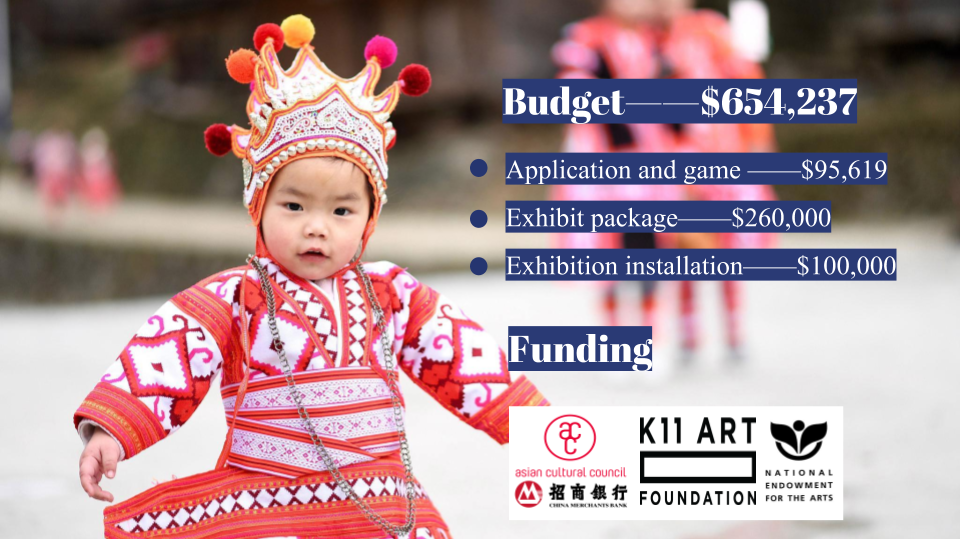
The Budget
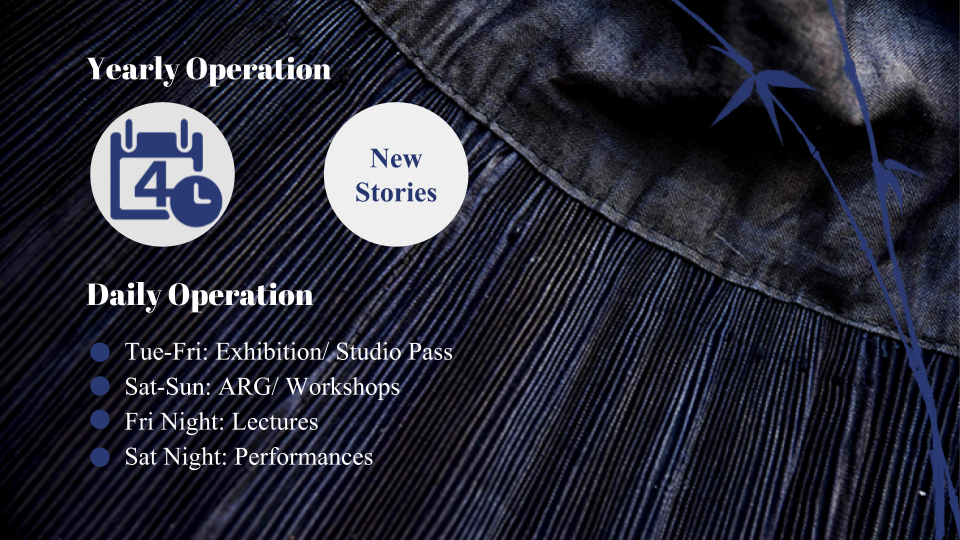
The Operation
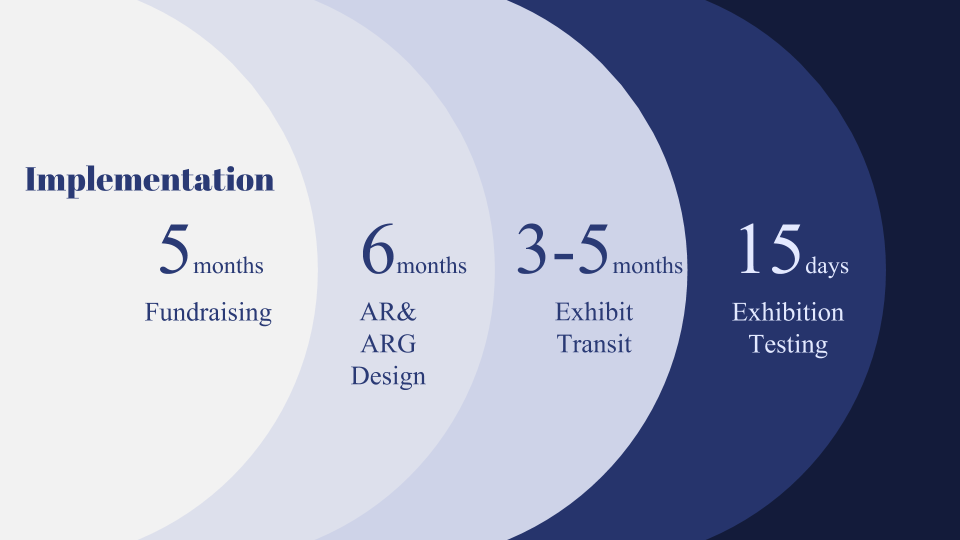
The Implementation Plan
Key Elements of the Project Solution
The Visual Demonstration of The Exhibition Entrance with QR Code of Application Download
The Visual Demonstration of Scanning QR Code for the Application Download
The Visual Demonstration of the AR Interaction Feature of the Application with the Logo
With clear signs on the ground suggesting an interaction point, audiences can see the patterns come to life with educative and entertaining information about making progress, origins, and folk tales of the graphics and techniques. Throughout the visit of different sections, audiences will continue to experience a combination of physical exhibits in scenes restoring the real life of villagers and an interactive augmented reality exploration to entertain and gain profound knowledge of textile materiality, techniques, and meanings.
The Exhibition Map Highlighted the Location of the Batik Collection
The Visual Demonstration of the Batik Showroom Display, including a Recreated Scenery, An Interactive Screen with Information, and an Indication for an Interactive Point
The Visual Demonstration of AR Interaction with a Batik Exhibit
The Exhibition Map Highlighted the Location of the Embroidery Collection
Examples of Exhibits of the Embroidery Collection
The Exhibition Map Highlighted the Location of the Childhood Collection
Examples of Exhibits of the Childhood Collection
A Papoose as An Example of Exhibits of the Childhood Collection
The Exhibition Map Highlighted the Location of the Daily Life Collection
Examples of Exhibits of the Daily Life Collection
The Exhibition Map Highlighted the Location of the Ceremony Collection
Examples of Exhibits of the Ceremony Collection
The Exhibition Map Highlighted the Location of the Girl Power Area
Images of Heroes
The Exhibition Map with Marks of Real-life ARG Tasks Available for AI Interaction through Application
The Visual Demonstration of the Visual Prompt Hinting for Communication with A Staff
The Visual Demonstration of the Animation when Gaining a Badge as An Award after accomplishing a Task
Demonstration of the Studio Programs
Examples of Commerces Carried by the Gift Shop
References
Special Thanks
Welcome To Our "Village"

